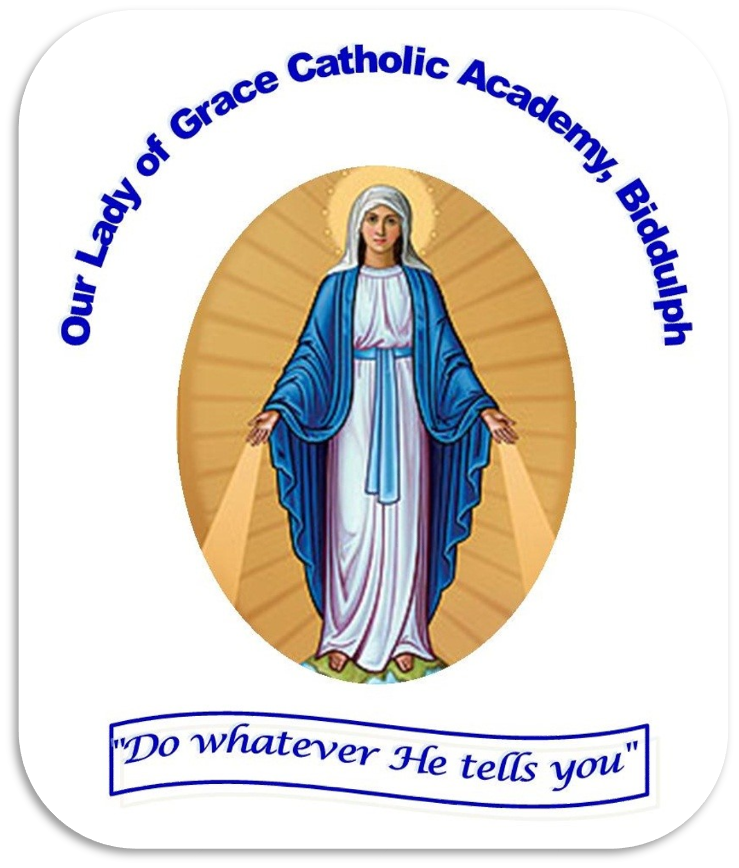Key Concepts in Music
Subject Specific Key Concepts
|
Subject |
Concept lens |
Explanation |
|
Music |
Melody |
Melody is formed from a succession of single notes, it is combined with rhythm to make a tune. Melody can be created using steps and leaps. The collection of notes from which a melody is formed is called a scale. |
|
Harmony |
Harmony is the sound made by two or more notes simultaneously. These combinations are sometimes called chords. Harmony can sound pleasing to the ear or clashing, depending on the notes used. We use harmony when we play chords on the ukulele. |
|
|
Pitch |
Pitch is the sound of a single note in relation to other notes. Words which can describe the pitch include: high, low, treble, bass, sharp or flat. |
|
|
Tempo |
Tempo is the speed of a piece of music. The tempo can change during a piece. The tempo describes the pulse or beat of the music. Sometimes we use Italian words to describe the tempo such as lento, which means slow, or allegro, which means lively. |
|
|
Dynamics |
Dynamics are used to describe the volume of one or more notes in a piece of music. The dynamic can change gradually or suddenly. Symbols known as dynamic markings, based on Italian descriptions, are often used such as f for forte which means ‘strong’ or ‘loud’. |
|
|
Structure |
Structure is the overall framework of a piece of music. The structure of a song will usually have an introduction, some verses and a chorus. |
|
|
Texture |
The texture of a piece of music describes how the different sounds are being woven together. A thick texture uses several ideas at once. A thinner texture will have fewer parts. A whole class singing “Frere Jacques” is a thin texture. A few children singing the same song as a four-part round, starting at different times will create a thicker texture. |
|
|
Timbre |
Timbre is the unique sound quality which helps us to distinguish between different instruments and voices. The different ways an instrument is played can change its timbre. |
|
|
Rhythm |
Rhythm is the organisation of long and short sounds around a pulse or beat. Some rhythms coincide with the beat; others use syncopation, in which most of the sounds fit between the main beats. |
|
|
Composing |
Composing occurs when you select and organise sounds to make music. Good compositions have an intention which is successfully communicated to the audience. |
|
|
Performing |
Performing is the act of making music for an audience at a particular time and place. Most performances need to be practised. |
|
|
Notation |
Notation is the method used to record, on paper or on screen, music that is heard or performed. A musician needs to read and write notation to share ideas. There are several different types of standard natation. At our school, we use staff notation, graphic notation and tablature. |
